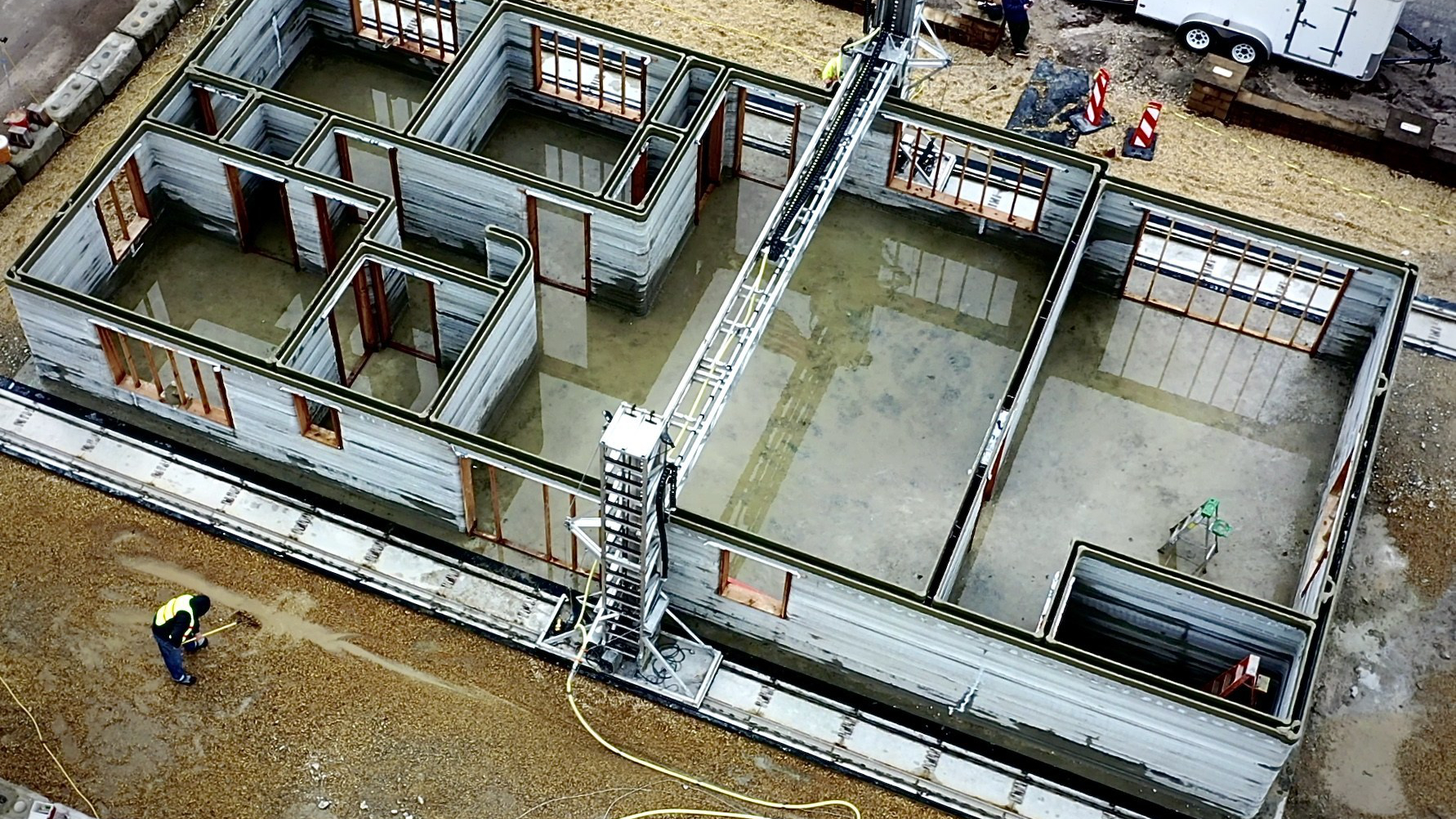Should you opt for a 3D Printed House?
3D printing has progressed from rapid prototype roots to full-fledged production techniques. It’s known as additive manufacturing in the business, and it’s being used to make everything from dental implants to aircraft engine parts. From prototyping to manufacturing, this technology may be quite beneficial.
According to a study published by the World Resources Institute, 330 million households worldwide cannot find a decent, affordable place to live, and the problem is becoming worse. This new construction method is substantially less wasteful, faster, and less expensive than old methods, enabling more durable homes to be built. Because the large-scale 3D printing method has greatly improved, it is now viable to consider larger projects with additive manufacturing. It is beneficial to the building industry since it allows for a complete rethinking of manufacturing processes.
In this article, you will learn whether you should opt for such housing solutions, their benefits, some examples, and many more that will help you decide.
How does it Work?
3D printers are additive manufacturing printers that work similarly to inkjet printers but in three dimensions. You’ll need top-of-the-line software, powder-like materials, and precision tools to create a three-dimensional object from scratch. Such printers are used to print 3D homes.
Computer numerical control (CNC) is used to lay down uniform layers of semi-solid concrete to construct a structurally resilient frame, meticulously following lines defined for inner and outside walls. A construction 3D printer must be capable of producing enormous structures. As a result, the material is deposited using a robotic arm, allowing for the printing of massive architectural patterns. The architectural drawings for a home are then input into a computer, and the concrete is manually mixed and fed into the extrusion machine. In most cases, robotic arms are used in large-scale 3D printers as for creating a full-sized house in one piece, a traditional 3D printer is inconvenient.
Benefits of 3D Printed Homes
3D printed homes offer several benefits, such as-
- Rapid prototyping and manufacturing
Companies can use 3D printing to create low-risk, low-cost, and quick prototypes to evaluate a new product’s efficiency and speed up development without expensive models or proprietary technologies. A step further, 3D printing will be used for rapid production by organizations across numerous industries, saving them money when generating small quantities or short runs of custom manufacturing.
- Environment friendly
Traditional home framing is a noisy, dusty process requiring cutting trees to obtain the wood needed to frame the walls, floors, and roof. A 3D-printed house is an environmentally friendly alternative right away because it saves trees. It takes 28 days for the concrete to be completely cured.
- Fast Process
One of the advantages of 3D-printed buildings is that it saves time! It is more efficient and produces extremely precise builds. This could be a viable option for speedy dwelling construction in a natural disaster. It could be a fantastic technique to construct emergency shelters quickly.
- Saves time and money
Many people in the housing business believe that 3D printing will solve the country’s affordable housing dilemma and severe housing shortage. For example, Virginia Housing, a statewide organization that supports affordable housing initiatives, awarded the Virginia Center for Housing Research at Virginia Tech (VCHR) a $500,000 innovation demonstration grant for a 3D modular construction printer to print the concrete walls for the state’s first 3D-printed home for sale.
- Flexibility of Location
3D printing is a new opportunity for a construction company. It is now possible to have a house 3D printed anywhere using these modern 3D printing devices. It appears to be an excellent alternative for constructing dwellings in isolated areas. There are fewer tools and machines to travel, but a huge printer must be able to access it.
Real-Life Examples
Some companies, as well as homeowners, have used this technology to build their homes. These are-
- 3D printed homes in El Salvador
New Story and ICON Technologies collaborated on a project to create a 4,000-dollar 3D-printed home in just one day to rebuild homes in Haiti, El Salvador, following an earthquake in 2010. These two businesses were to provide safe homes for those living in poverty. Vulcan is a huge 3D printer manufactured by ICON that used concrete to construct a 650 square foot house.
- 3D printed home in Russia
In Russia, Apis Cor, a San Francisco-based company, 3D printed an entire house in less than 24 hours. The complete construction of the house was created using a mobile 3D printer. This unique project demonstrates how 3D printing has the potential to alter the building industry as a whole.
- 3D printed modular home in China
Parts of a modular home were 3D printed by the Zhuoda Group in China. This unusual house was created by putting together six sections. This was a complete house with plumbing, kitchen, and furnishings. This 3D-printed house, according to the construction business, was strong enough to survive earthquakes, fire, and water.
Conclusion
While 3D printing may not be able to replace all kinds of production, it can offer a cost-effective way to create models for 3D visualization and provide an ecologically friendly option.






